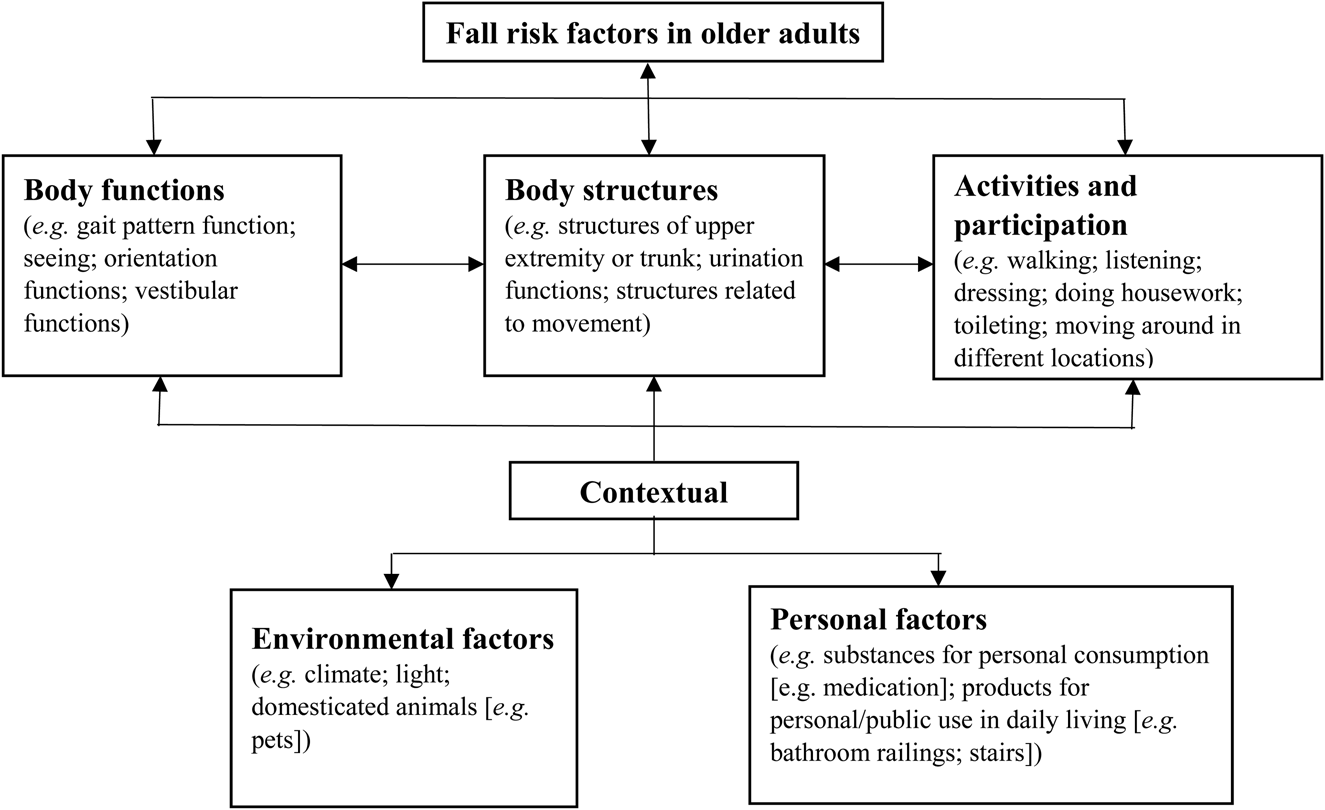The 10-Minute Rule for Dementia Fall Risk
The 10-Minute Rule for Dementia Fall Risk
Blog Article
The 20-Second Trick For Dementia Fall Risk
Table of ContentsThe Greatest Guide To Dementia Fall RiskThe Basic Principles Of Dementia Fall Risk The Only Guide for Dementia Fall RiskDementia Fall Risk Can Be Fun For Everyone
A fall danger evaluation checks to see exactly how most likely it is that you will drop. The analysis normally consists of: This consists of a collection of questions concerning your general wellness and if you have actually had previous drops or issues with equilibrium, standing, and/or strolling.Interventions are referrals that might reduce your threat of dropping. STEADI consists of 3 steps: you for your danger of dropping for your risk aspects that can be enhanced to try to protect against drops (for instance, balance problems, damaged vision) to decrease your threat of falling by utilizing reliable approaches (for example, offering education and resources), you may be asked several inquiries including: Have you dropped in the past year? Are you worried concerning dropping?
You'll sit down again. Your provider will certainly examine the length of time it takes you to do this. If it takes you 12 seconds or more, it might indicate you are at greater danger for a fall. This test checks toughness and balance. You'll rest in a chair with your arms went across over your chest.
Relocate one foot midway ahead, so the instep is touching the big toe of your various other foot. Move one foot totally in front of the various other, so the toes are touching the heel of your various other foot.
The 30-Second Trick For Dementia Fall Risk
A lot of falls happen as an outcome of numerous contributing variables; therefore, managing the danger of dropping starts with determining the elements that add to drop danger - Dementia Fall Risk. Some of the most pertinent risk elements include: History of prior fallsChronic medical conditionsAcute illnessImpaired gait and equilibrium, reduced extremity weaknessCognitive impairmentChanges in visionCertain risky drugs and polypharmacyEnvironmental aspects can likewise enhance the threat for drops, including: Inadequate lightingUneven or damaged flooringWet or slippery floorsMissing or harmed handrails and get barsDamaged or poorly equipped equipment, such as beds, mobility devices, or walkersImproper use of assistive devicesInadequate supervision of the individuals staying in the NF, consisting of those who display aggressive behaviorsA effective fall danger management program needs a thorough clinical assessment, with input from all members of the interdisciplinary team

The care strategy ought to also consist of interventions that are system-based, such as those that promote a risk-free environment (ideal lights, handrails, order bars, etc). The effectiveness of the interventions need to be evaluated periodically, and the care strategy revised as necessary to mirror changes in the loss threat evaluation. Executing a loss threat monitoring system using evidence-based finest practice can minimize the prevalence of drops in the NF, while limiting the capacity for fall-related injuries.
What Does Dementia Fall Risk Do?
The AGS/BGS standard advises screening all grownups matured 65 years and older for fall risk each year. This screening consists of asking people whether they have fallen 2 or even more times in the previous year or sought medical focus for an autumn, or, if they have actually not dropped, whether they really feel unstable when walking.
People that have fallen once more helpful hints without injury should have their balance and stride evaluated; those with stride or equilibrium irregularities ought to obtain added analysis. A history of 1 autumn without injury and without gait or equilibrium troubles does not call for more assessment why not try here past ongoing yearly autumn danger screening. Dementia Fall Risk. An autumn risk evaluation is required as part of the Welcome to Medicare examination

Some Of Dementia Fall Risk
Recording a falls history is one of the high quality signs for autumn prevention and management. An important component of threat analysis is a medicine testimonial. Numerous courses of medicines enhance autumn danger (Table 2). Psychoactive medicines specifically are independent predictors of drops. These medications have a tendency to be sedating, change the sensorium, and harm equilibrium and gait.
Postural hypotension can typically be reduced by decreasing the dose of blood pressurelowering medicines and/or stopping medicines that have orthostatic hypotension as an adverse effects. Use above-the-knee assistance hose pipe and copulating the head of the bed raised may likewise reduce postural reductions in blood pressure. The preferred aspects of a fall-focused health examination are displayed in Box 1.

A yank time above or equal to 12 secs recommends high fall risk. The 30-Second Chair Stand test assesses reduced extremity strength and equilibrium. Being unable to stand from a chair of knee elevation without making use of one's arms indicates increased fall risk. The 4-Stage Equilibrium test examines fixed balance by having the individual stand in 4 settings, each considerably extra tough.
Report this page